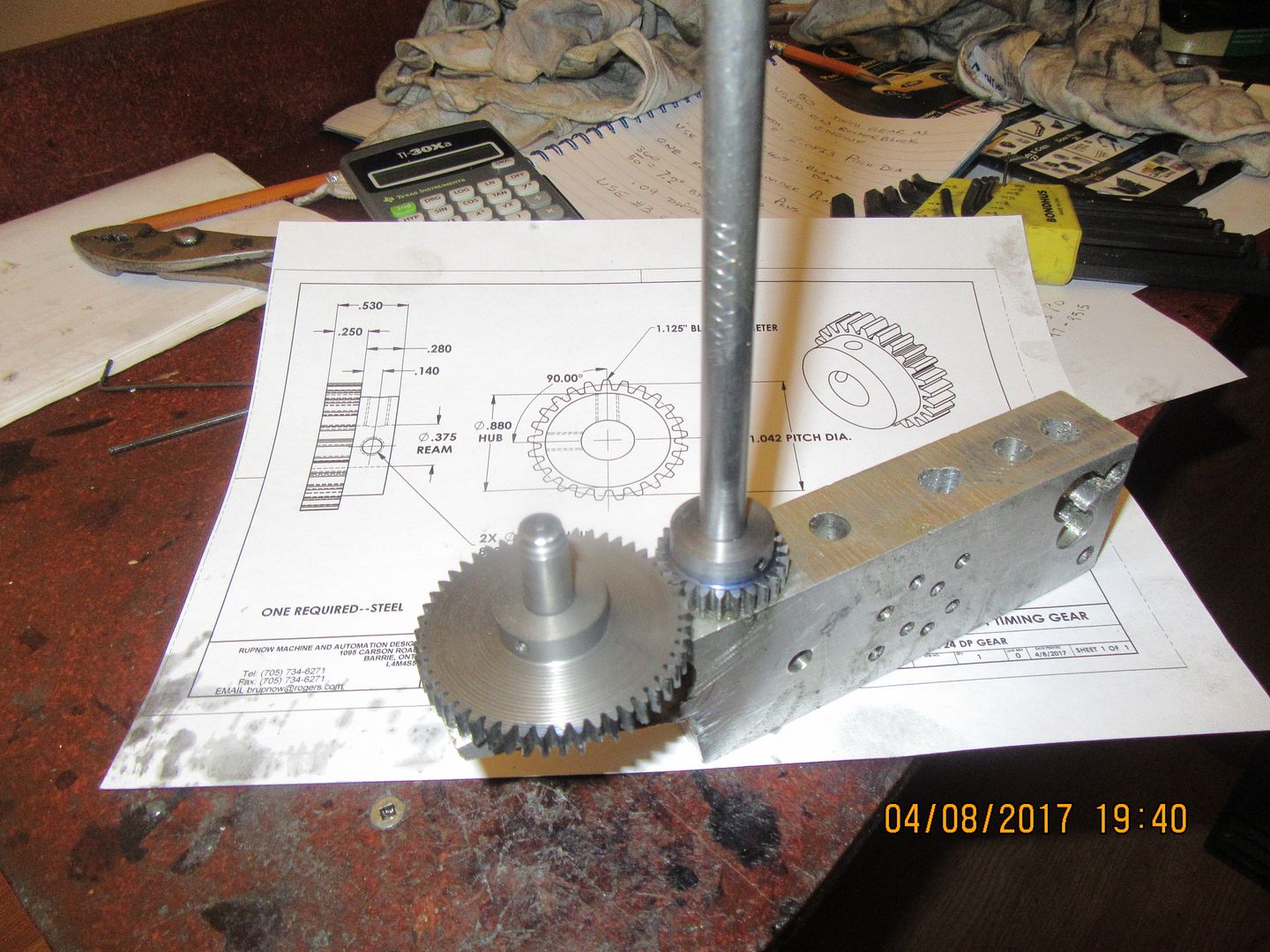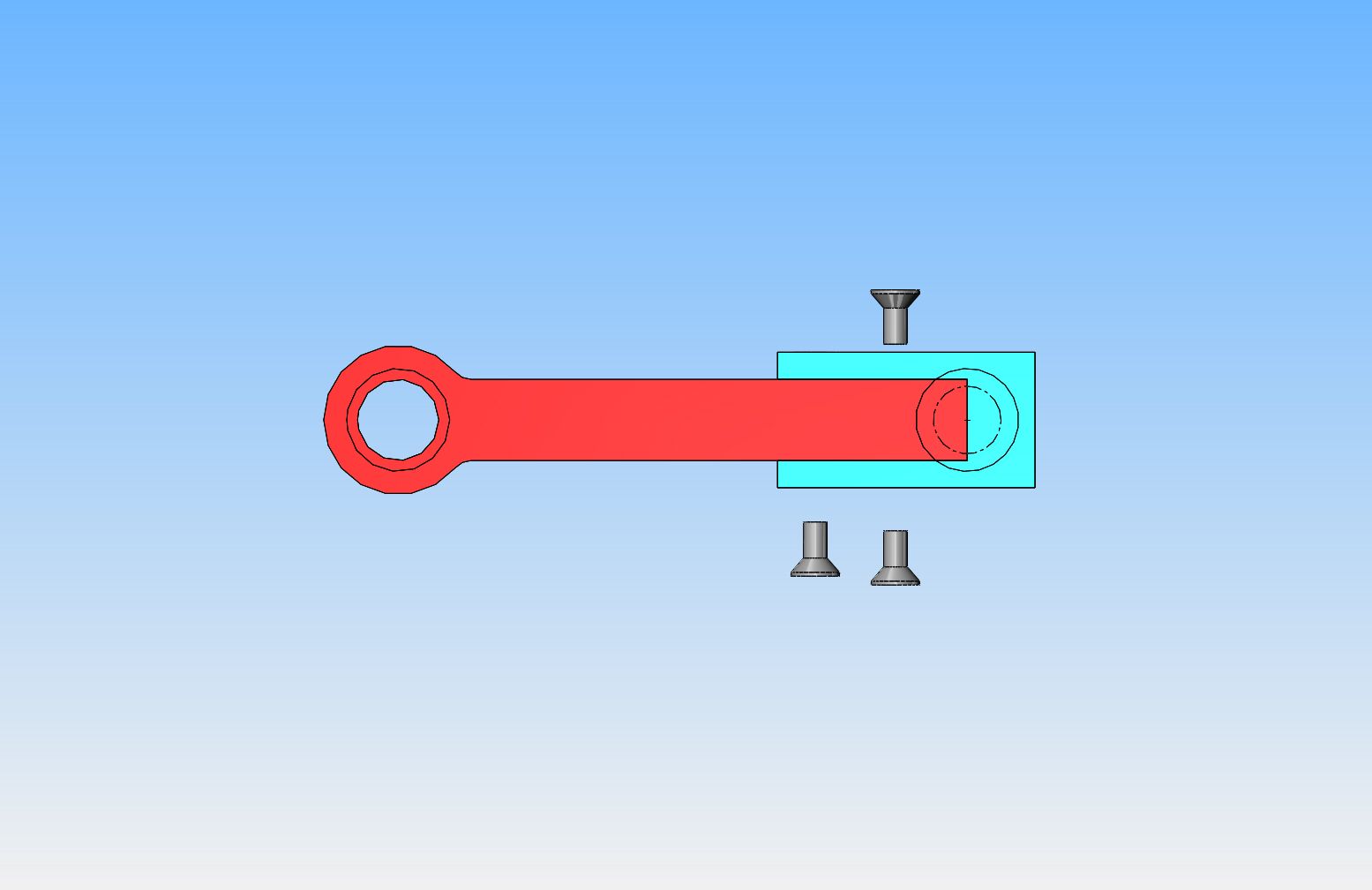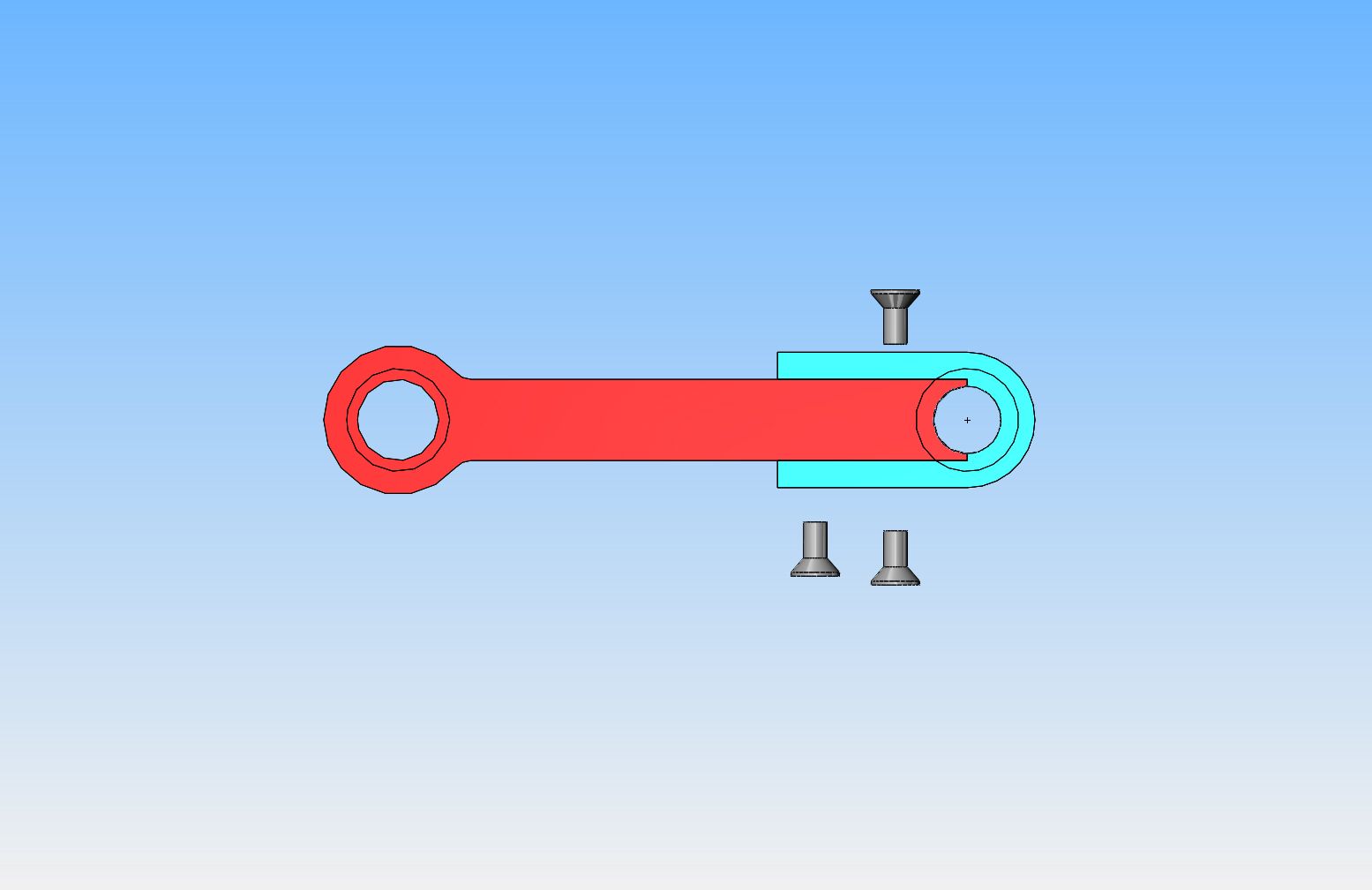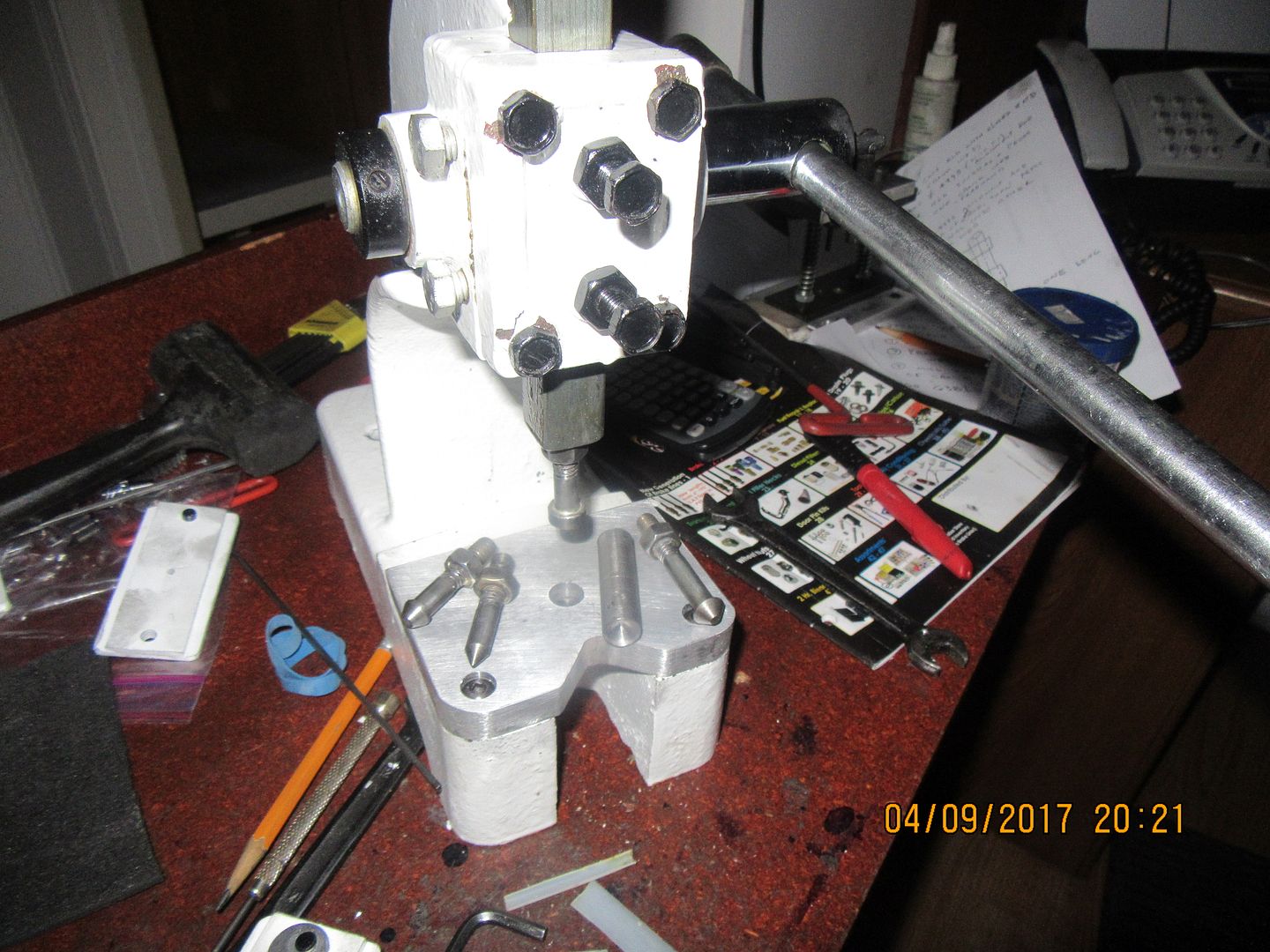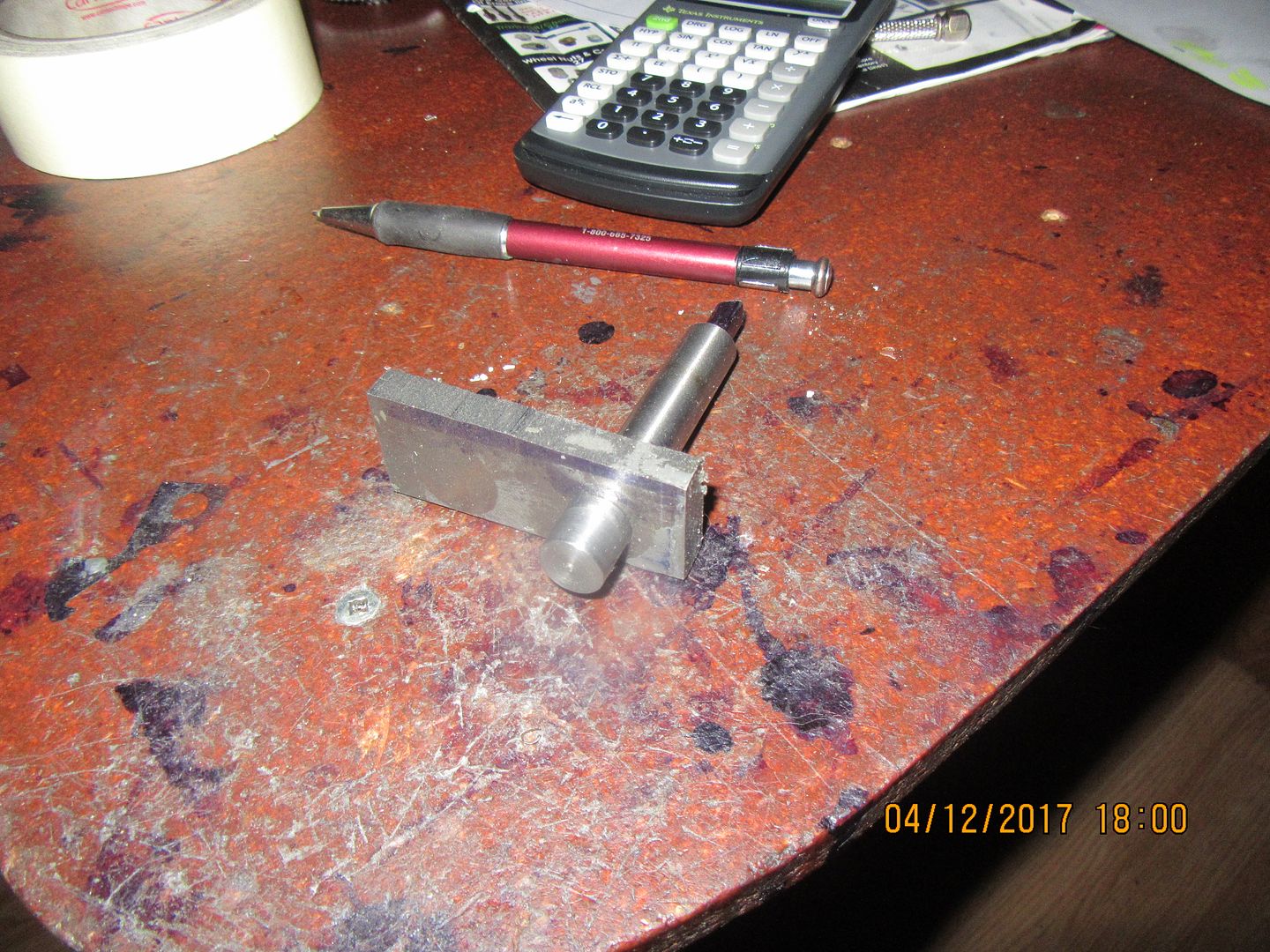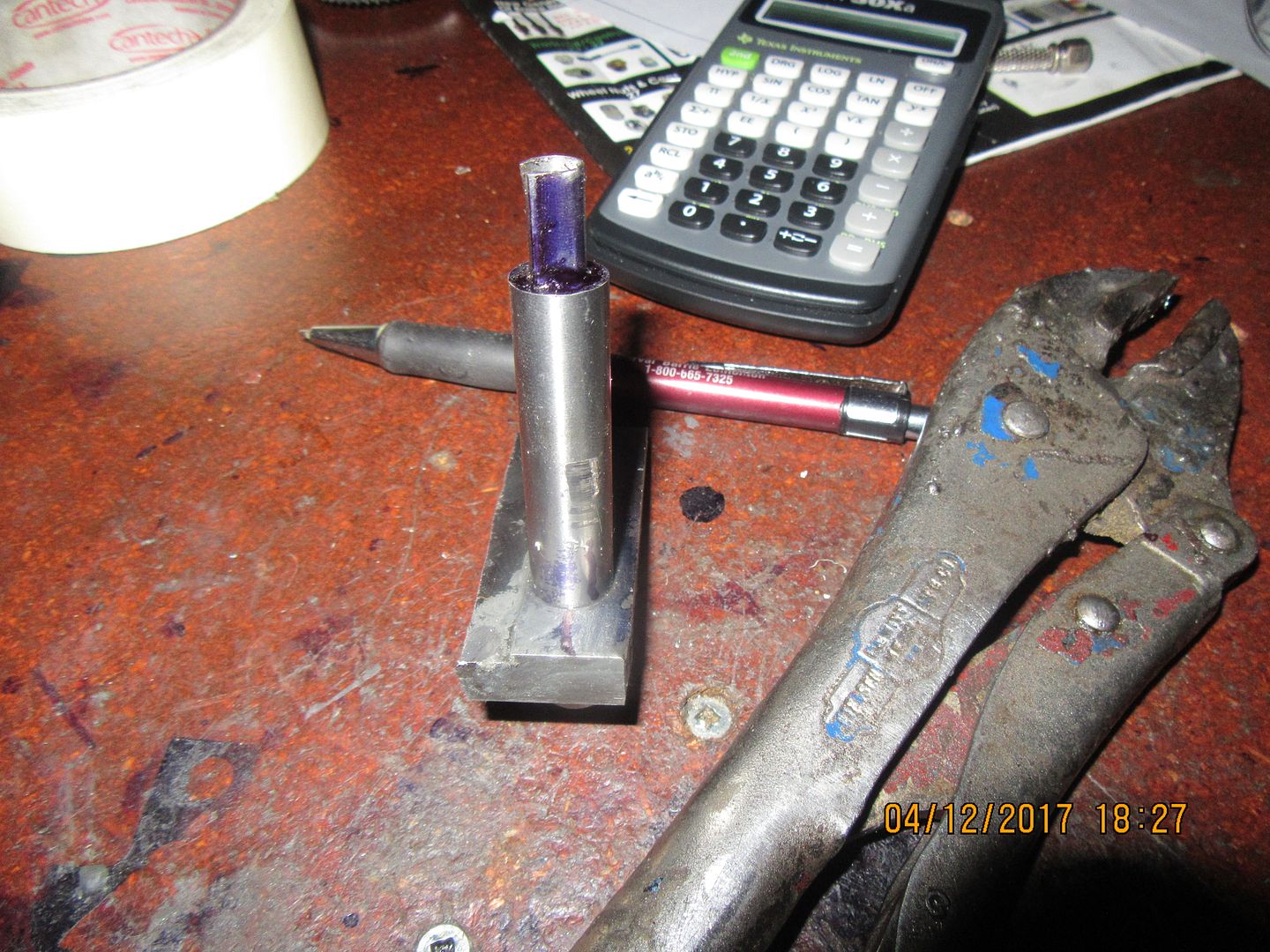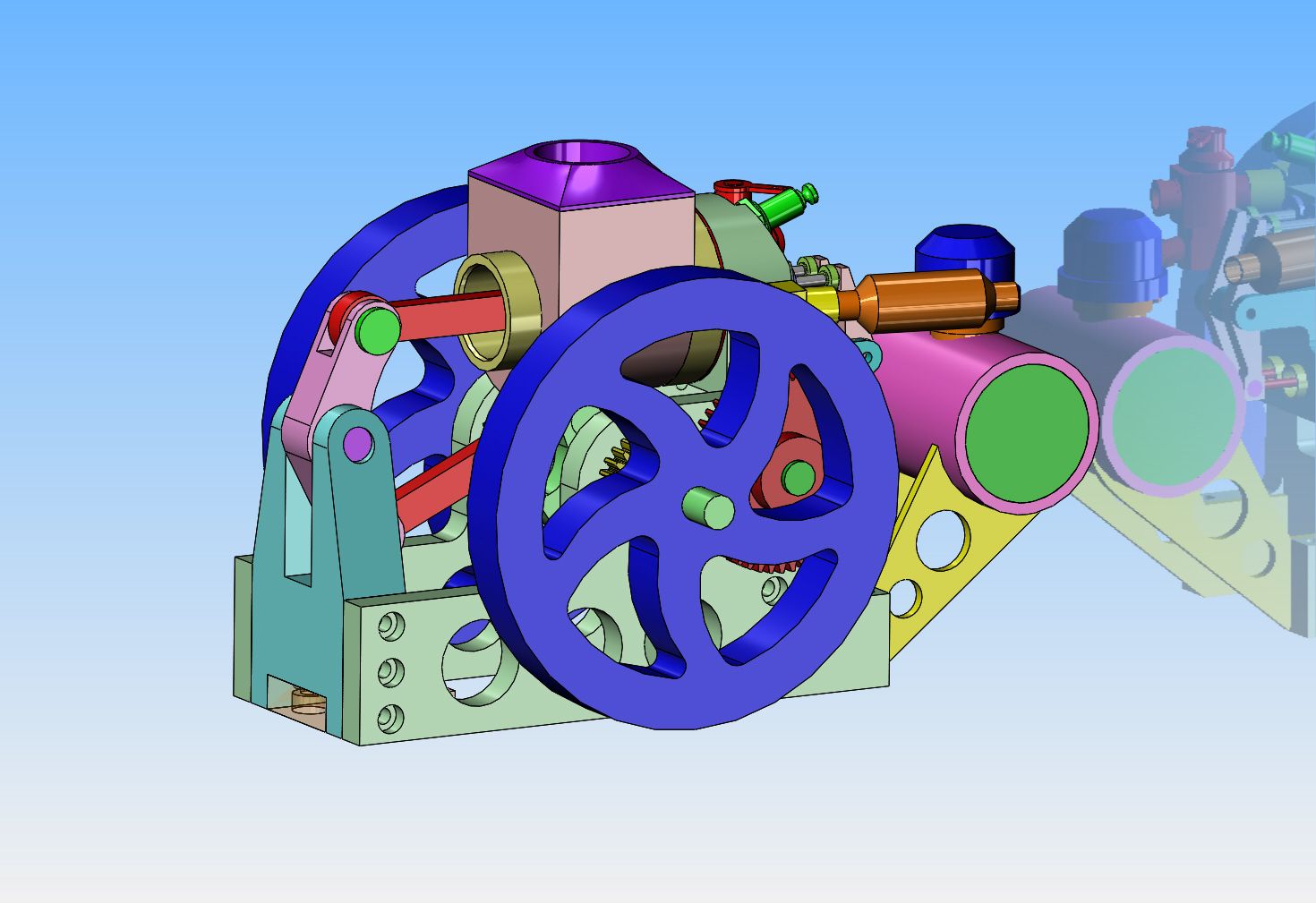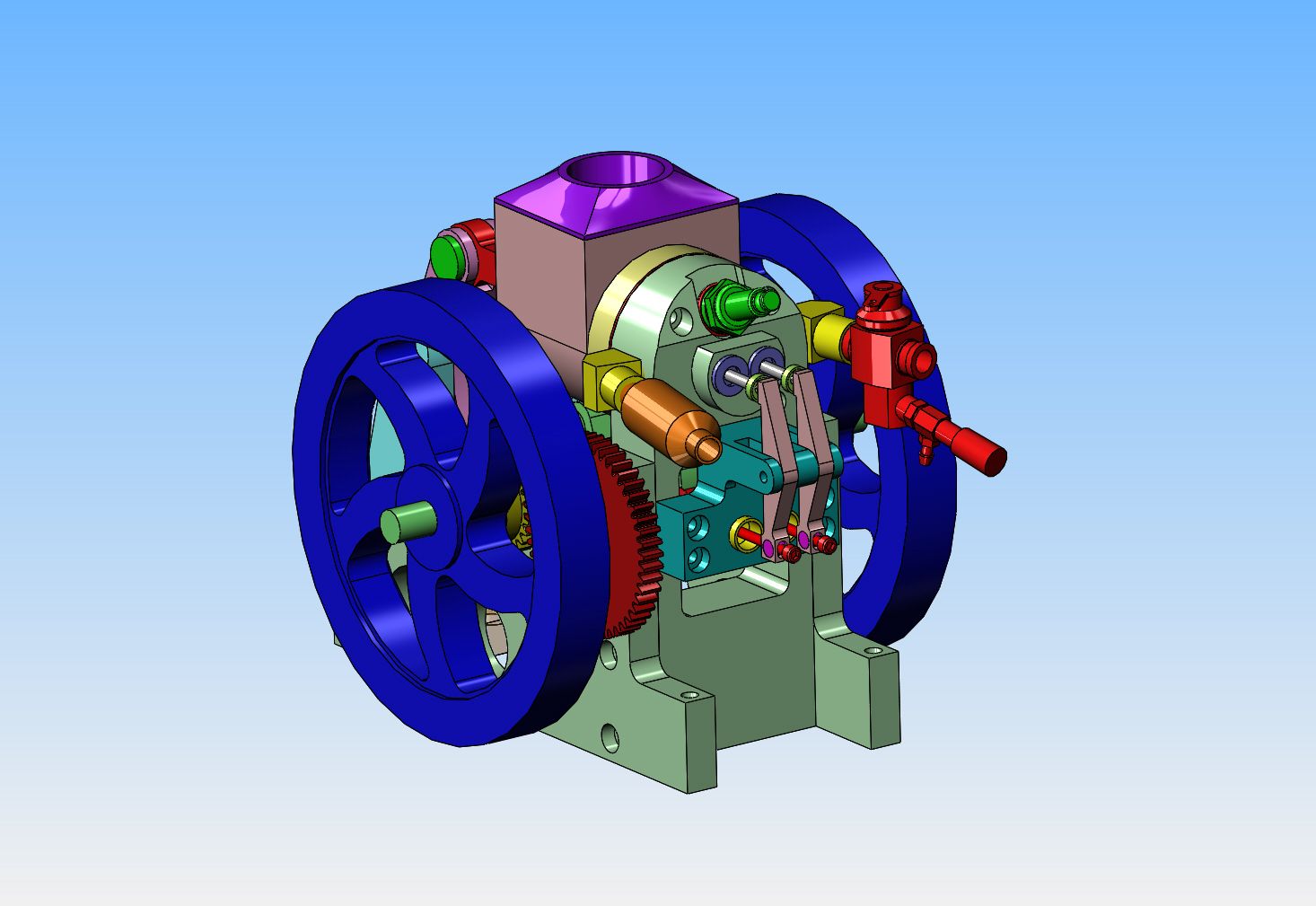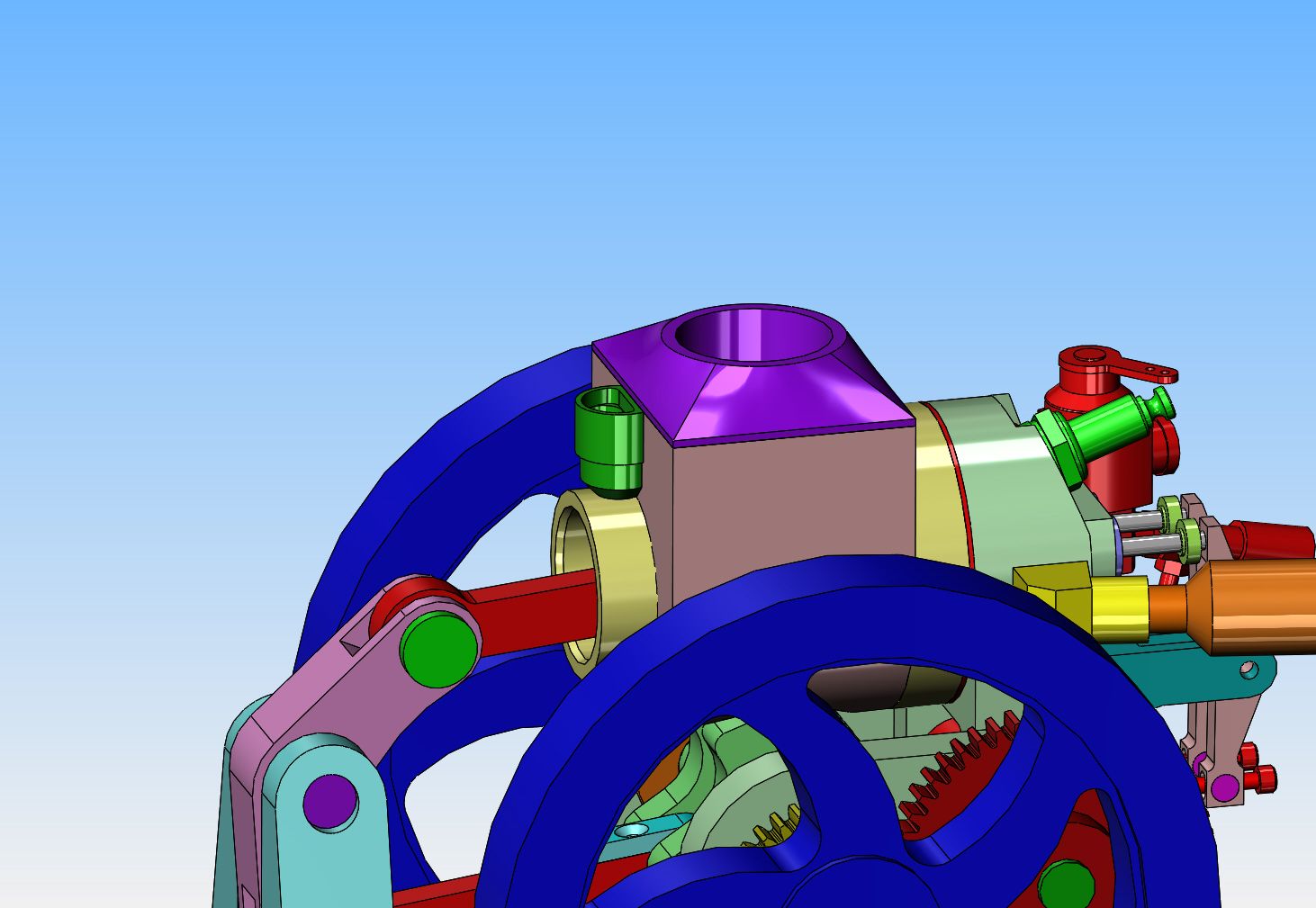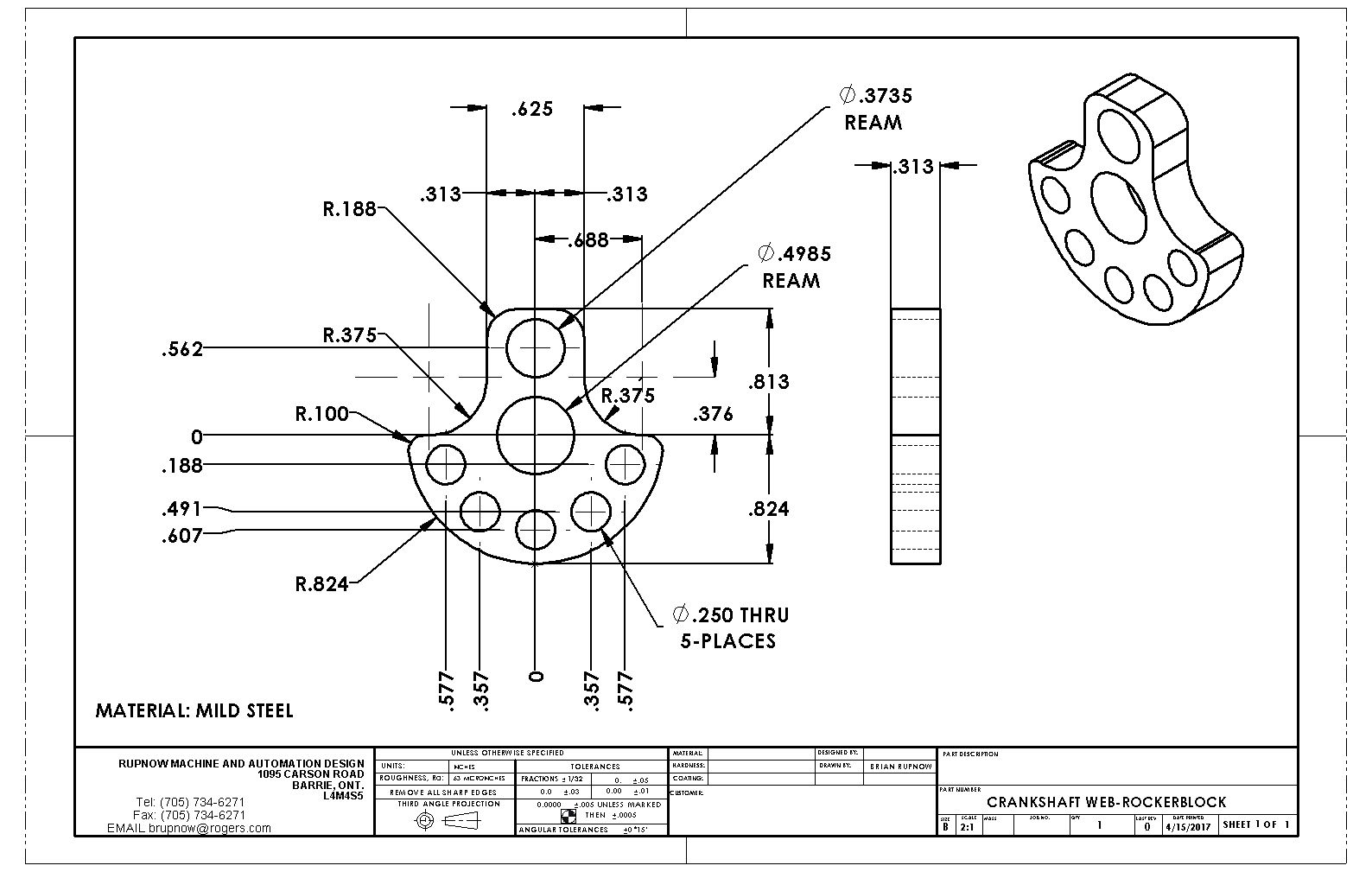Okay--Back to business. Immediately after I had machined the gears my phone rang about 5 times in a row, each time with a customer I couldn't turn down, and each customer wanted to be looked after "right now". Being a slave to my bank balance, I said yes to all of them, and haven't had time to play "small engine" since. I have discovered one thing, and I'm not sure yet whether it is really a problem or not. When I make built up crankshafts from 3/8" diameter stock, I ream the holes which I am pressing shafts into with a 0.3735" reamer. I use 3/8" drill rod for the shafts, which always seems to come in at .0005" oversize. This gives a VERY hard press fit, with .002" interference, and I have never had one "slip" after the fact. I don't use 3/8" cold rolled steel because it comes in at about .0005 to .0001" undersize, and though it does give a press fit, it is quite a light press fit, and it WILL slip after the fact. Last year I purchased a 0.4985" diameter reamer in case I wanted to make a crankshaft using 1/2" nominal shafting. The problem is, that I just stopped at my metal supplier today and micrometer measured all of their "01" drill rod, and it all comes in exactly at 0.500" diameter. So--I will only achieve a .0015" interference fit. I have to think on this a bit before I proceed. ---Brian





